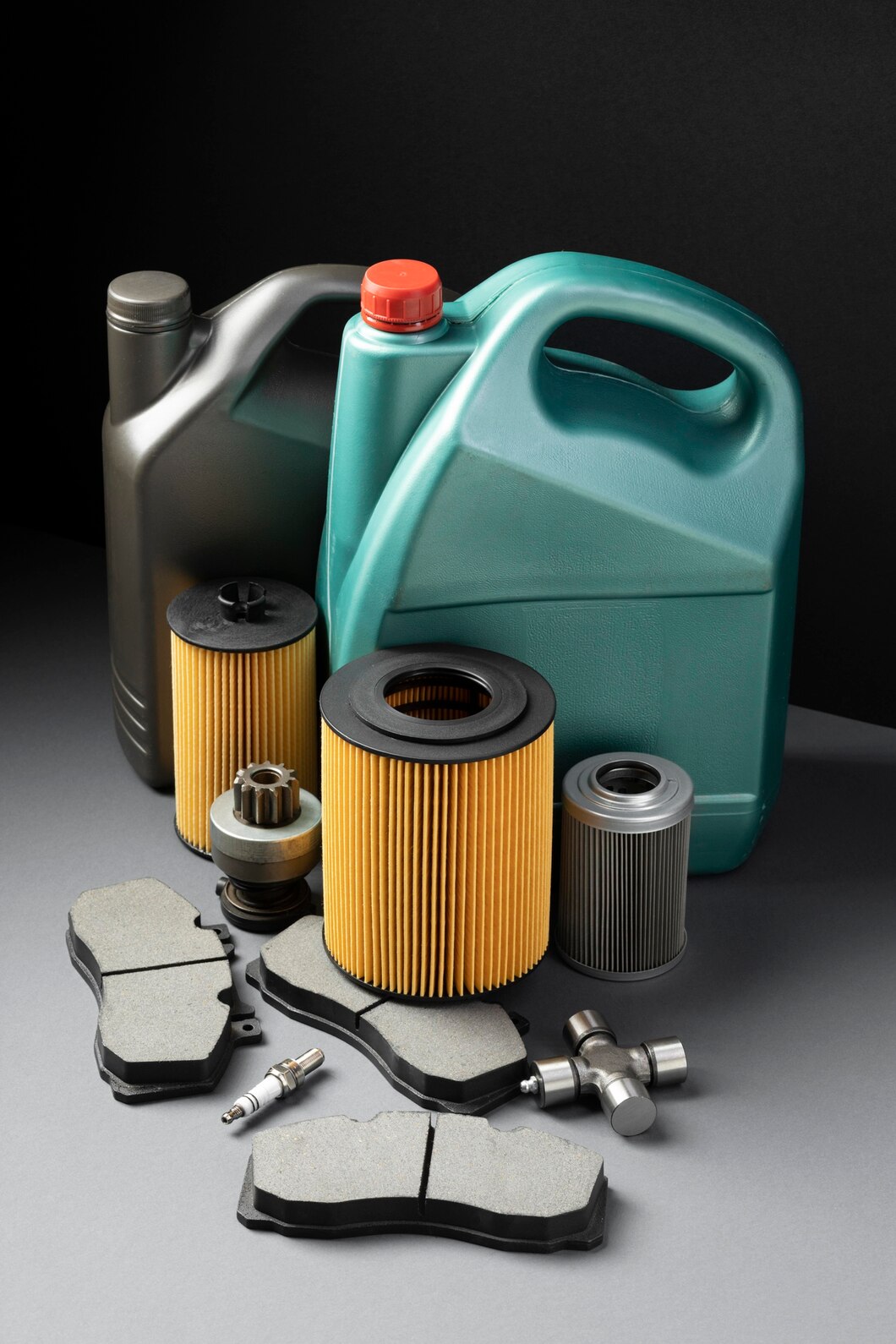In the intricate machinery that propels our cars forward, transmission filters play a vital role in preserving the health and efficiency of the transmission system. Responsible for filtering out contaminants and maintaining the fluid quality, transmission filters come in various types, each serving a specific purpose. In this article, we’ll delve into the diverse world of car transmission filters, shedding light on the types you must be aware of to ensure the longevity and optimal performance of your vehicle.
1. Screen Filters:
Screen filters are the most basic type of transmission filter. Consisting of a metal or plastic screen, they capture larger particles and debris from the transmission fluid. While effective at preventing significant contaminants, they may not catch smaller particles, making them suitable for less demanding filtration needs.
2. Magnetic Filters:
Designed to attract and capture metallic particles in the transmission fluid, magnetic filters are equipped with a magnet or magnetic material. These filters excel at trapping ferrous particles, such as metal shavings, offering an additional layer of protection against wear and tear within the transmission.
3. In-line Filters:
In-line filters are often positioned external to the transmission system. They work by filtering fluid as it circulates through the transmission lines. These filters are replaceable and come in various configurations, including spin-on and cartridge styles.
4. Sump Filters:
Also known as pan filters, sump filters are located within the transmission pan. These filters capture contaminants that settle at the bottom of the transmission fluid. They are commonly found in automatic transmissions and are accessible when the transmission pan is removed for maintenance.
5. Bypass Filters:
Bypass filters operate in conjunction with the main transmission filter. While the main filter captures larger particles, bypass filters focus on trapping smaller contaminants, ensuring a more thorough filtration process. This dual-filter setup enhances overall fluid cleanliness.
6. Centrifugal Filters:
Employing the principle of centrifugal force, these filters spin the transmission fluid, forcing contaminants to move toward the outer edges where they can be captured. Centrifugal filters are effective at separating and trapping both large and small particles.
7. Modulator Filters:
Specific to automatic transmissions, modulator filters are situated within the vacuum line that connects to the transmission modulator. These filters prevent contaminants from entering the transmission through the vacuum system, contributing to smoother operation.
8. Melt Blown Filters:
Melt blown filters utilize synthetic fibers that are melted and blown onto a filter surface, creating a fine mesh. These filters efficiently capture small particles and contaminants, contributing to cleaner transmission fluid and improved transmission performance.
9. Hydraulic Filters:
Commonly found in hydraulic systems within certain transmissions, hydraulic filters prevent debris and contaminants from interfering with the hydraulic fluid. These filters are crucial for maintaining optimal hydraulic performance.
Understanding the different types of car transmission filters empowers vehicle owners to make informed decisions about maintenance and replacement. Regular inspection and adherence to recommended service intervals for transmission filters are essential to ensure a smooth and efficient ride. By choosing the right filter for your vehicle and transmission type, you contribute to the overall health and longevity of your car’s transmission system.











